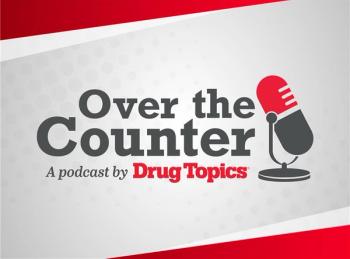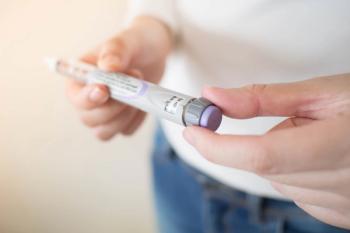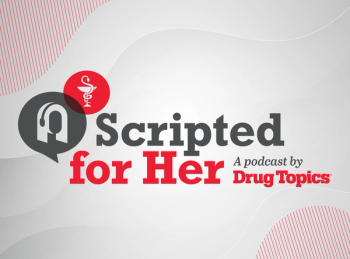
Pharmacist Involvement Helps Reduce Time to A1c Target
Patients who received pharmacist support reached their A1c goal 14 months sooner than those who did not receive the care.
Patients with diabetes who received support from a pharmacist achieved their A1c goal quicker than those who did not receive the support, according to data published in the Journal of the American Pharmacists Association.1 Authors of the study said more research is needed to confirm the results.
Pharmacist-led diabetes programs have shown broad benefits beyond A1c reduction. Studies have shown improvements in blood pressure, especially when pharmacists address multiple risk factors. Patient satisfaction with pharmacist services is also consistently high. Additional advantages include fewer emergency visits, hospitalizations, medication adherence, and associated cost savings.2
“Prevalence of diabetes in the United States continues to rise, affecting an estimated 38.4 million people, or 11.6% of the United States population in 2021,” the authors wrote. “In 2022, the estimated cost of those diagnosed as having diabetes was $413 billion. When uncontrolled, diabetes results in macrovascular and microvascular complications, increasing morbidity and mortality and further economic burden.”
Investigators from The University of Kansas Health System conducted a study to determine the mean time to achieve goal A1c with pharmacist management. The study also sought to determine the rate of achieving goal A1c, mean A1c reduction, and rate of hospitalization and emergency department visits.
The retrospective, single-center chart review included 238 adult patients, of which 189 received pharmacist support and 49 received support from a chronic care management team. The chronic care management team included a primary care provider, a diabetes educator, a dietitian, and a nurse who assists with medication adherence. Patients were followed by primary care providers at a large academic health system.
Despite there being no differences in baseline characteristics between groups, the study found that patients who received pharmacist support reached their A1c goal in 8.8 ± 5.3 months, compared to 22.5 ± 13.0 months for the patients who received support from the chronic care management team.
“Our study showed patients achieved their A1c goal approximately 14 months sooner when diabetes management involved a pharmacist,” the authors concluded. “The similar rate of absolute A1c reduction in both groups emphasizes the importance of interprofessional care for patients with diabetes. However, the results of the study do not take into consideration different comorbidities, length of disease, and specific medication classes used, which may have affected the results.”
READ MORE:
Ready to impress your pharmacy colleagues with the latest drug information, industry trends, and patient care tips? Sign up today for our
References
1. Osunsanmi O, Schmitz N, Darkwah B, et al. Time to goal hemoglobin A1c with pharmacist management compared to non-pharmacist management. J Am Pharm Assoc (2003). 2025 May 6:102413. doi: 10.1016/j.japh.2025.102413. Epub ahead of print. PMID: 40339647.
2. Orabone AW, Do V, Cohen E. Pharmacist-Managed Diabetes Programs: Improving Treatment Adherence and Patient Outcomes. Diabetes Metab Syndr Obes. 2022 Jun 20;15:1911-1923. doi: 10.2147/DMSO.S342936. PMID: 35757195; PMCID: PMC9231415.
Newsletter
Pharmacy practice is always changing. Stay ahead of the curve with the Drug Topics newsletter and get the latest drug information, industry trends, and patient care tips.























































































































